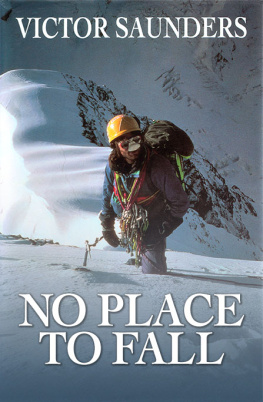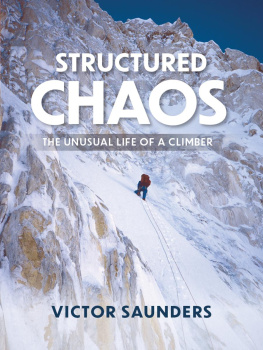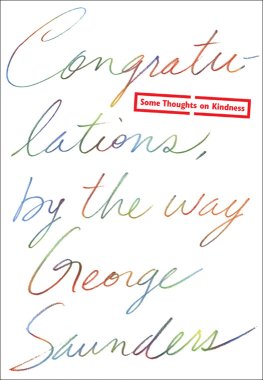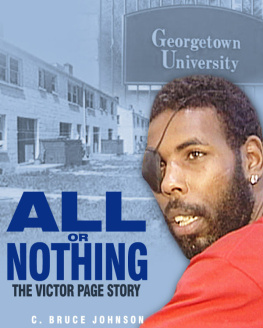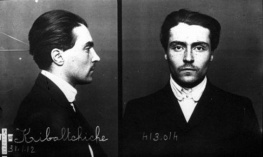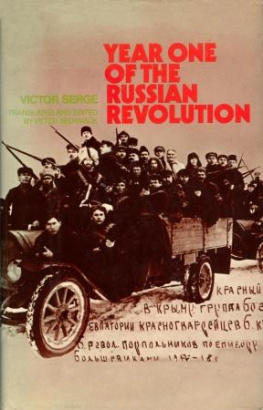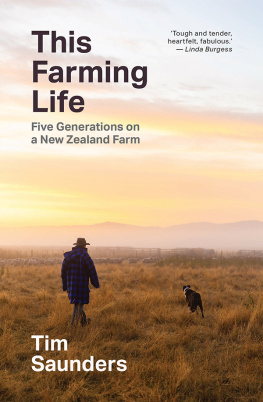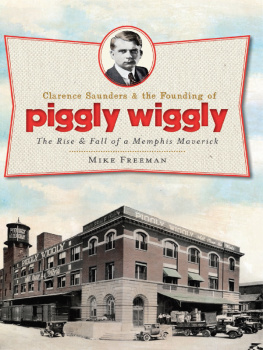Victor Saunders - No Place to Fall
Here you can read online Victor Saunders - No Place to Fall full text of the book (entire story) in english for free. Download pdf and epub, get meaning, cover and reviews about this ebook. year: 2013, publisher: Vertebrate Publishing, genre: Detective and thriller. Description of the work, (preface) as well as reviews are available. Best literature library LitArk.com created for fans of good reading and offers a wide selection of genres:
Romance novel
Science fiction
Adventure
Detective
Science
History
Home and family
Prose
Art
Politics
Computer
Non-fiction
Religion
Business
Children
Humor
Choose a favorite category and find really read worthwhile books. Enjoy immersion in the world of imagination, feel the emotions of the characters or learn something new for yourself, make an fascinating discovery.
- Book:No Place to Fall
- Author:
- Publisher:Vertebrate Publishing
- Genre:
- Year:2013
- Rating:4 / 5
- Favourites:Add to favourites
- Your mark:
- 80
- 1
- 2
- 3
- 4
- 5
No Place to Fall: summary, description and annotation
We offer to read an annotation, description, summary or preface (depends on what the author of the book "No Place to Fall" wrote himself). If you haven't found the necessary information about the book — write in the comments, we will try to find it.
No Place to Fall — read online for free the complete book (whole text) full work
Below is the text of the book, divided by pages. System saving the place of the last page read, allows you to conveniently read the book "No Place to Fall" online for free, without having to search again every time where you left off. Put a bookmark, and you can go to the page where you finished reading at any time.
Font size:
Interval:
Bookmark:
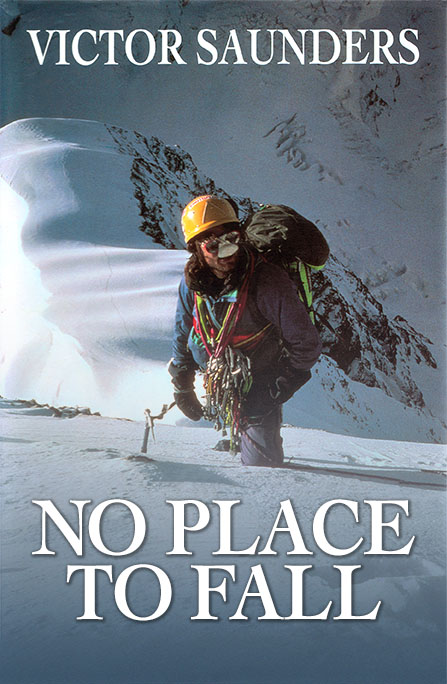

www.v-publishing.co.uk
Contents
Authors Acknowledgments
I should like to thank all those who helped set up these expeditions, travelled with me to the mountains and shared the exploration and the climbing, especially Steve Sustad who endured my company on all three trips.
I should also like to thank Harish Kapadia and his team from the Himalayan Club of Bombay for easing our passage in India and for their good company, and Mr S. P. Godrej for sponsoring our Panch Chuli expedition.
My thanks are due to my editor Maggie Body for frayed patience and, most of all, to my family for everything.
VS
PART ONE
The Makalu Himal is situated in the Khumbakarna Himal, Nepal, about twelve miles east of Everest. Makalu (8481m) itself is the fifth highest peak after Everest (8848m), K2 (8611m), Kangchenjunga (8598m) and Lhotse (8511m). The main summit is sometimes referred to as Makalu I. Subsidiary peaks of the massif include the South-East Peak (8010m), Chomo Lonzo (7815m), Kangchungtse (Makalu II) (7640m), and Chago (6885m). According to Louis Baume the most probable origin for the name is Maha-kala, meaning in Tibetan The Great Black One.
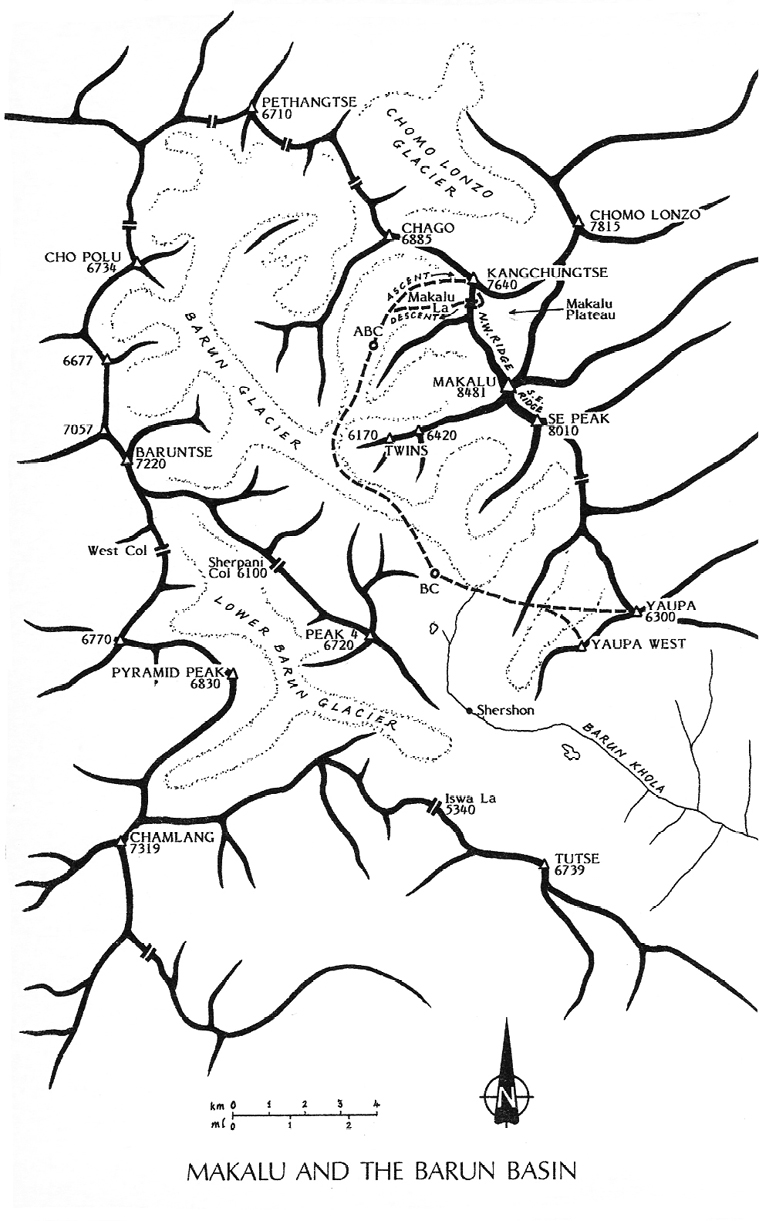
Chapter One
It might have started in the pub. Most expeditions do. Maybe a chance mention of the mountain led to a beery response. Perhaps this led in turn to increasing enthusiasm, or a position difficult to back down from. One never remembers the details. Suddenly there is an expedition. Expeditions are like the full frontal storms of recent years, no one really knows how or where they start. On a South Pacific island a butterfly flaps its wings in a particular way. And a month later the entire south coast of England is devastated. If the insect had slept two minutes longer, we would have had perfectly clear cold winters, and the best ice climbing this century. There is a theory going the rounds of the popular science magazines that describes this sort of thing. It is all about instability, apparently. The theory calls itself Chaos Theory, and its proponents are known as chaologists. I find this highly descriptive of our expedition Instability Chaos.
And then again it might have started with a phone call.
Blackspur? Never heard of them.
Sell printers, said Andy Fanshawe, Fanny to his friends. Big ones, they buy them second hand, do em up and sell them for mega millions. Theyre based here, in Manchester.
And you think they might sponsor us?
Absolutely. We are going to meet the Marketing Director in the morning. You are coming up, arent you? See you in Stockport.
Clunk. Brrrrr. I was still looking at the handset. Speaking with Fanny was sometimes like being run over by a friendly locomotive.
The expedition was originally Mike Woolridges idea. The team would not be one team, but four or five pairs of climbers. Base Camp was to be a shared facility. Snells Field under Makalu. Should be cheap and cheerful, and the climbers would book enough routes on Makalu to keep everyone occupied without getting in each others way. The climbing team consisted of (in no discernible order, of course): Expedition Doctor - Gill Irvine, Hamish Irvine, Ulric Jessop, Andy Fanshawe, Rob Collister, Lindsay Griffin, Mike Woolridge, Calvin Torrans, Stephen Sustad, and myself.
Early in 1989 Mike and Lindsay were climbing in the Karakoram; they spent more time together that winter than they did with their respective spouses, so Fanny and I were left co-ordinating the fund-raising for the expedition.
Though we had booked no less than five different lines on the Makalu massif, the prime objective was the obvious one, the traverse of Makalu, and Stephen Sustad would be our Secret Weapon; he had already climbed to within metres of the summit by the nightmarish South-East Ridge with Doug Scott and Jean Afanassieff. Their version of the South-East Ridge involved dropping into the worlds highest hanging valley, and on retreat, trying to climb out of it again.
Its like having to climb an 8000-metre peak just to get down, Steve had said with evident distaste. I had had the greatest difficulty persuading Steve to join the team but he agreed at least to look at the possibility of a traverse in the opposite direction, from north to south. Providing it was just the two of us climbing together. Providing the weather held out. And providing we felt sufficiently acclimatised. A tall order.
Part of the sponsorship package involved taking the media with us. There was a Video Team, Kees tHooft and Annette Carmichael.
Kees was one of my oldest friends, a Dutchman whod settled in Clapham. I dont need to give a physical description: just think of Tintin, thats him, only no Snowy. Kees had a good track record for small-scale climbing documentaries, and was at the time at work editing adventure films in Soho. Annette worked for BBC Radio. They planned to shoot video footage of the climbing, with Annette doing the sound as well as Radio pieces. Kees took a copy of his latest video to Blackspur, who were impressed, and said theyd like to have one too. In addition to the video unit we had also acquired a film crew, Peter and Harriet Getzels, a combination guaranteed to increase the potential for entropy.
Fanny had been contacted by Peter Getzels who wanted to make an anthropological film about Sherpas and was looking for a convenient vehicle for this, and our expedition seemed to fit the bill. We explained about Kees and Annette.
There will be no conflict, Peter had said. They will be living with you; we will be living with the Sherpas.
Also, I added, you understand that we are climbing alpine-style, we wont be using Sherpas as such. Only porters to base. Above Base Camp well be on our own. You wont be able to show Sherpas climbing with us.
Thats no problem.
Peter seemed very pleasant, humorous, and well informed on South American subjects. He was keen on the magico-realism of Marquez and Borges. Their South American documentary had won a prize. Good, I thought. We might have intelligent conversation on this expedition after all. Peter had lined up a production company called Passion Pictures who had a guaranteed fifty-minute slot on Channel Four. Our sponsor was ecstatic and everything was hunky-dory. Or so I thought.
Chapter Two
In Kathmandu we picked up our Base Camp staff, two cooks, two assistant cooks, a sirdar, Nati, and our Liaison Officer, Mr Khanal of Interpol. All a normal part of the Nepalese conditions of permission. In addition to this the Getzels brought their daughter, Rachel, who in turn brought much joy to our Base Camp, and two nursery assistants, Annie the Nanny, and Tsering the Sherpani. So now there were the ten climbers, the seven media persons, a nutritionist, five Nepalese staff and a Liaison Officer. Already we were feeling the gale from the butterfly wings. We needed food and supplies for two months at base, and then there was the fortnight walk-in each way, three months total food. That made about 120 porter loads, but the porters themselves needed food, and the porters carrying the porters food needed food too, and so on
Font size:
Interval:
Bookmark:
Similar books «No Place to Fall»
Look at similar books to No Place to Fall. We have selected literature similar in name and meaning in the hope of providing readers with more options to find new, interesting, not yet read works.
Discussion, reviews of the book No Place to Fall and just readers' own opinions. Leave your comments, write what you think about the work, its meaning or the main characters. Specify what exactly you liked and what you didn't like, and why you think so.

